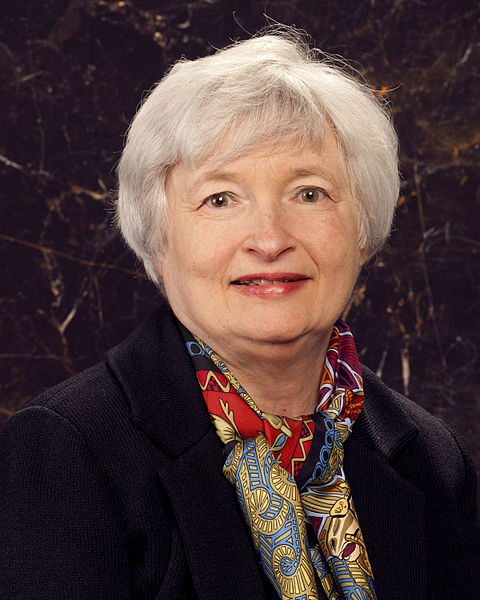“Risk-on, risk-off” may have been the leitmotif of 2011 and 2012 but there is no denying that 2013 has also seen an element of regime change, even though equity markets have broadly trended up.
For the first five months of this year, markets rode a liquidity-fuelled rally, binging on the generosity of the US and Japanese central banks. Punctuated by a small correction in early summer, equity markets resumed their upward trajectory, only this time on a wave of upbeat economic data until nervousness grew that this would encourage the US Federal Reserve (Fed) to taper (reduce) the asset purchases that form its quantitative easing (QE) programme. The Fed’s decision not to taper in September allowed markets to regain their positive momentum through September and October, in renewed faith that central banks would continue to provide cheap liquidity.
Yet for how long can Fed tapering remain out of the game? The Fed has been at pains to stress that any move towards less accommodative monetary policy will be data dependent, yet reading the economic runes has been made challenging by the government shutdown in October, which has muddied the economic data.
So while we remain strategically bullish on equities, we are not fully invested
The jump in non-farm payrolls from 163,000 for September (a figure that was revised up from an earlier reading of 148,000) to 204,000 for October was therefore not wholly unexpected. The Institute for Supply Management’s composite manufacturing and services survey held up, suggesting were it not for the government shutdown, jobs growth might have been stronger still. Gasoline prices in the US have also fallen back sharply: this acts as an automatic stabiliser in the US, effectively delivering the equivalent of a tax cut to US consumers.
We remain constructive on the US economy. So, whilst we expect the pace of economic growth to slow in the fourth quarter, the outlook for 2014 is brighter. Consensus estimates are for gross domestic product growth of 2.6% and inflation to average 1.8% in 2014 (figures from Bloomberg, 11 November 2013). Assuming that the forthcoming fiscal negotiations are resolved constructively, fiscal drag should be significantly lower in 2014 than this year. The downbeat economic data, which has led to statistics surprising to the downside, might soon reverse. This could bring Fed tapering back as a story over the coming months.
We retain our preferences for the US and Japan
Beyond the US, however, the global picture is still patchy. Forecasts for global growth have stabilised in recent months, having been drifting lower earlier this year. In broad terms, upgrades to growth forecasts for Japan and the UK have offset the downgrades in the US. Estimates for growth in the eurozone and China have steadied but forecasts for the other emerging economies are still under pressure.
Whilst we can envisage the US economy reviving in the new year we are more sceptical about the eurozone. We see numerous impediments to growth, not least the ability of the eurozone to withstand the recent appreciation of the euro. It is difficult to believe that the cut in the European Central Bank’s policy rate to 0.25% was solely induced by undershooting inflation without a nod to demands for leniency from European exporters.
For now, markets seem prepared to chase equity markets higher, despite the anaemic economic outlook. While faith in policy and liquidity can allow equities to decouple from macroeconomic momentum in the short term, a decent economic recovery is ultimately needed to turn the current rally into something more sustainable.
So while we remain strategically bullish on equities, we are not fully invested. We think there will be better opportunities in the months to come to put cash to work. We retain our preferences for the US and Japan. Within fixed income we are underweight duration (sensitivity to changes in interest rates) because relatively low yields offer little in the way of potential capital upside but greater downside risk.
The new year brings a change of Fed chairman. Given that markets are so sensitive to liquidity there is plenty of newsflow that could test market nerves, particularly when the valuations of many asset classes look fairly rich. Growth is the only viable long-term substitute for liquidity – let’s hope for a smooth handover.






 For Alicia Miguel Serrano
For Alicia Miguel Serrano